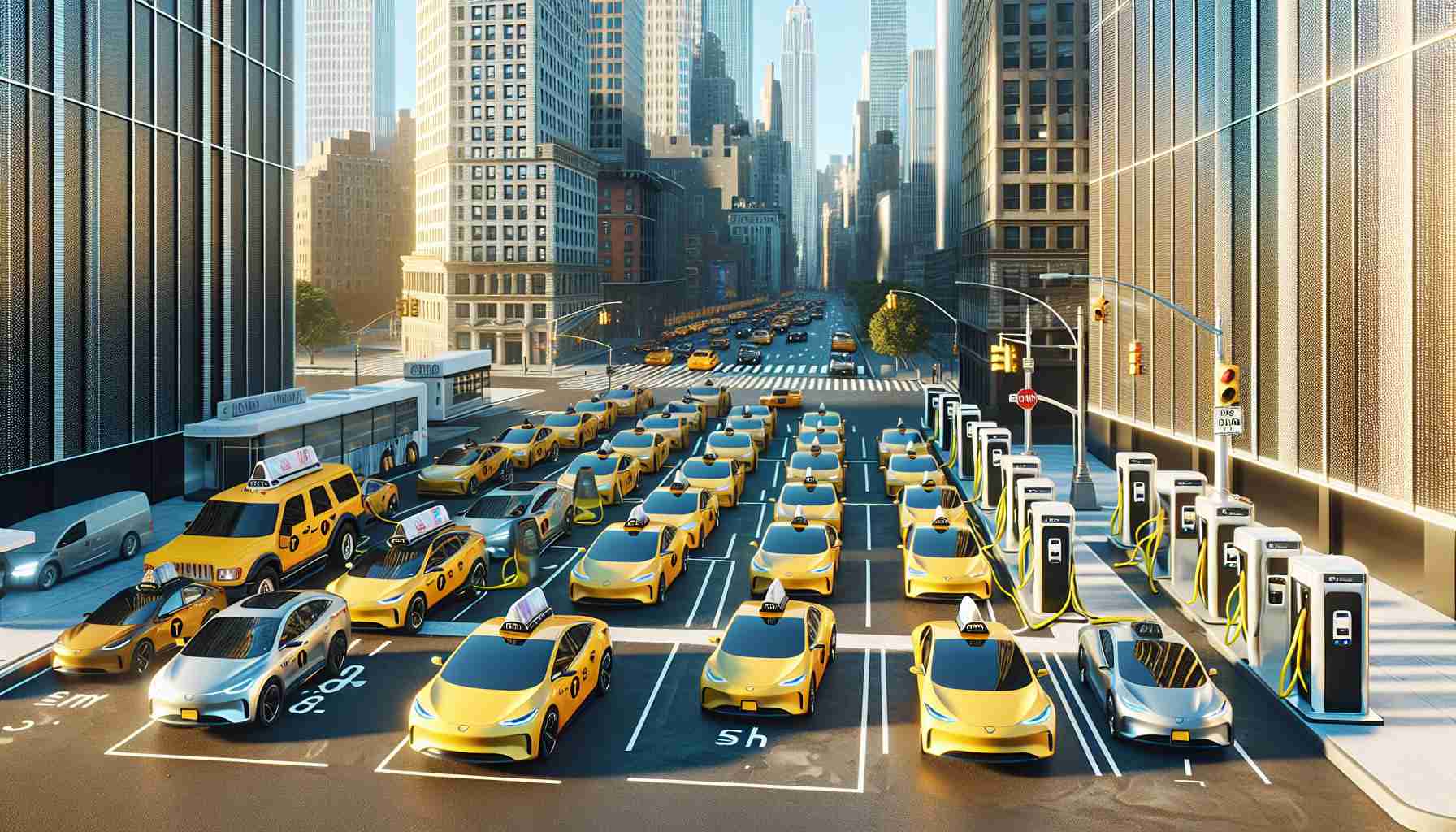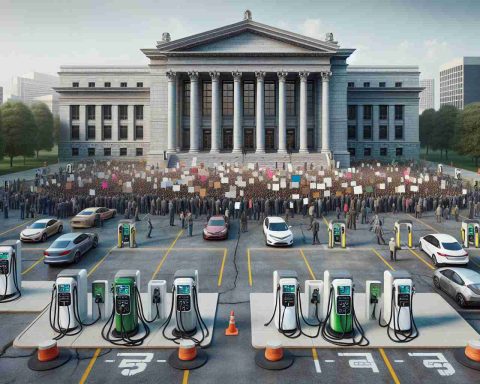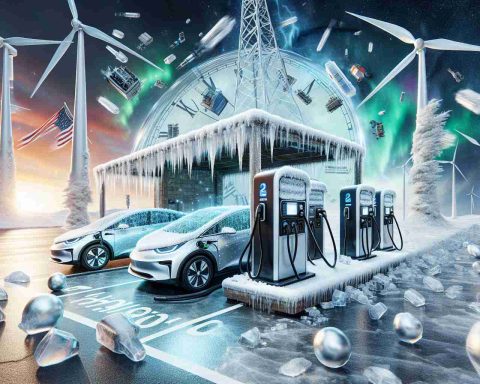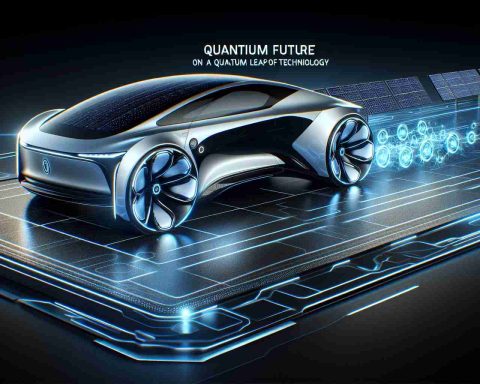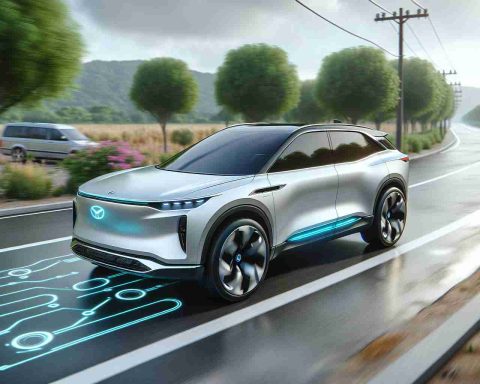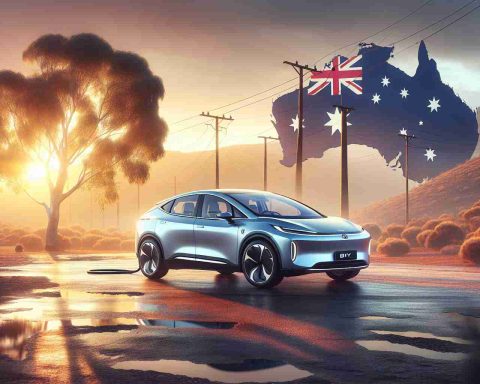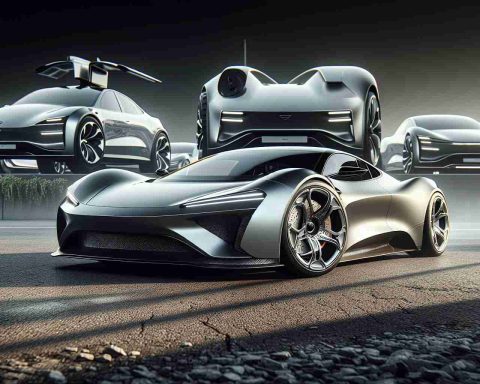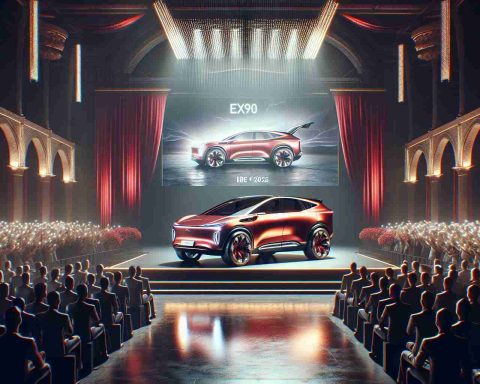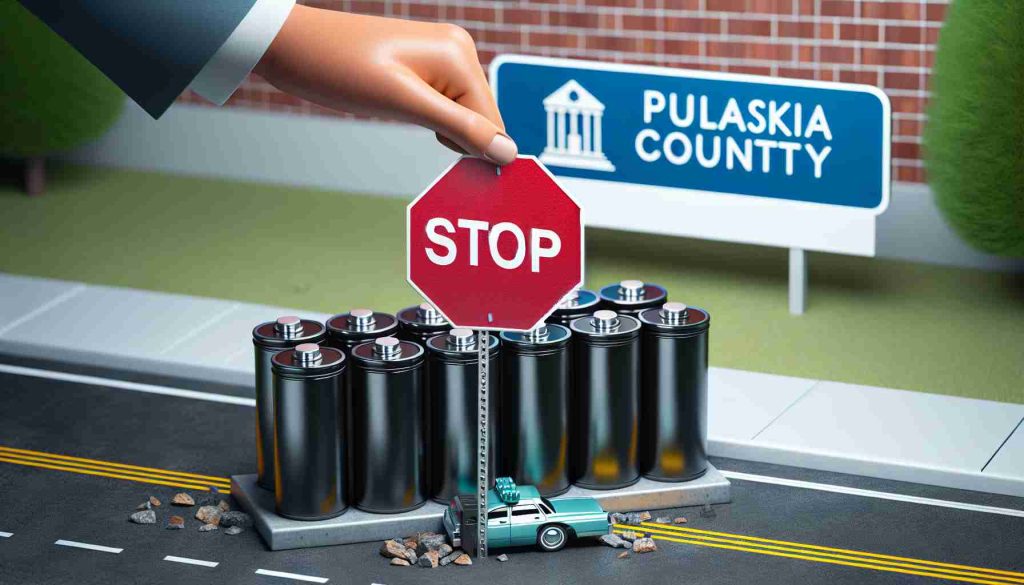- New York faces a critical shortage of high-speed electric vehicle chargers, with under 120 available.
- This shortage contributes to “range anxiety,” hindering consumers’ willingness to adopt zero-emission vehicles (ZEVs).
- Over 500 Level 2 chargers exist, but they do not meet the increasing demand for quick charging options.
- The lack of charging infrastructure poses risks to nearly 60,000 jobs in New York’s auto industry.
- If infrastructure does not improve, consumers may opt for traditional vehicles, impacting climate goals and economic health.
- A federal investment of $15 million aims to install 350 EV charging stations at SUNY campuses.
- New mandates require that 35% of passenger vehicles be zero-emission by 2026, emphasizing the need for urgent action.
As New York races toward its ambitious electric vehicle (EV) goals, a looming crisis threatens to derail progress. The state’s automobile dealers have raised alarm bells, revealing a glaring gap in the electric vehicle charging infrastructure. With fewer than 120 high-speed chargers available, drivers are gripped by “range anxiety,” a significant barrier to embracing zero-emission vehicles (ZEVs).
Imagine hitting the open road in a sleek, eco-friendly car, only to discover that the necessary charging stations are a rare sight. While over 500 Level 2 chargers exist, they simply can’t keep up with the demand for swift, convenient charging needed to foster widespread EV adoption.
The stakes are high: New York’s auto industry supports nearly 60,000 jobs, all of which could be jeopardized without a robust network of fast-charging stations. If charging accessibility doesn’t improve, consumers may choose traditional vehicles over ZEVs, particularly when neighboring states offer better infrastructure. This trend not only jeopardizes New York’s climate goals but could also hit auto sales, job growth, and state tax revenue hard.
Hope flickers on the horizon as U.S. Senators announce a federal investment of $15 million to install 350 EV charging stations at State University of New York campuses. This initiative, part of a broader ambition to support clean energy initiatives, underscores a critical point: New Yorkers must act swiftly.
With new mandates calling for 35% of passenger vehicles to be zero-emission by 2026, now is the time to supercharge charging infrastructure. The message is clear: New York must build the electric highway of the future to fuel its green dreams.
The Charging Crisis: Can New York Meet Its EV Goals?
As New York strives to achieve its ambitious electric vehicle (EV) targets, the state faces a critical challenge: the inadequacy of its EV charging infrastructure. With only about 120 high-speed chargers available, many drivers are experiencing “range anxiety,” a significant deterrent to adopting zero-emission vehicles (ZEVs). Despite having over 500 Level 2 chargers, they are not sufficient to meet the growing demand for fast charging options, essential for encouraging widespread EV use.
Market Forecasts and Trends
The future of EV adoption in New York hinges on the rapid development of charging stations. Experts predict that if infrastructure improvements do not coincide with increasing vehicle sales, the state may fall short of its 35% ZEV requirement by 2026. Comparison studies indicate that neighboring states with better charging networks see higher EV sales, emphasizing the urgency for New York to evolve its charging landscape.
# Limitations and Challenges
1. Infrastructure Gaps: The primary issue is the insufficient number of fast chargers, particularly in rural areas. Projections indicate that New York would need at least 1,000 additional high-speed chargers to effectively support its EV goals.
2. Funding and Investment: While federal funding of $15 million for 350 charging stations at State University of New York campuses marks a positive step, it is crucial to secure more funding for statewide infrastructure improvements.
Pros and Cons of EV Adoption in New York
Pros:
– Environmental Benefits: Transitioning to ZEVs is critical for reducing carbon emissions.
– Job Creation: Developing charging infrastructure will create jobs in construction, maintenance, and EV sales.
Cons:
– Range Anxiety: A limited charging network fosters hesitation among potential EV buyers.
– Initial Costs: The higher upfront costs of EVs can be a barrier for average consumers, especially without robust incentives.
Key Questions:
1. What steps can New York take to enhance its EV charging infrastructure?
– New York can expand funding initiatives, collaborate with private companies for investment in charging networks, and streamline permitting processes for charger installations.
2. How will neighboring states’ EV infrastructures impact New York’s market?
– If neighboring states continue to invest heavily in their charging networks, New York risks losing potential EV buyers who prioritize convenient charging access.
3. What role do consumers play in influencing EV infrastructure development?
– Consumer demand for EVs can drive investment in infrastructure. As more individuals express interest in sustainable vehicles, local governments and businesses may be incentivized to build more charging stations rapidly.
Insights and Innovations
To meet the rising demand for EV charging stations, New York must adopt innovative solutions, such as integrating chargers into existing gas stations, utilizing renewable energy sources for charging, and implementing smart charging technologies that optimize electricity usage and reduce costs.
Sustainability and Security Aspects
Building a robust EV charging network not only supports sustainability goals but also ensures energy security. By investing in locally sourced energy for charging stations, New York can reduce dependence on fossil fuels and create a resilient, sustainable energy grid.
For more information on New York’s electric vehicle initiatives, visit New York State Government.
